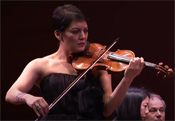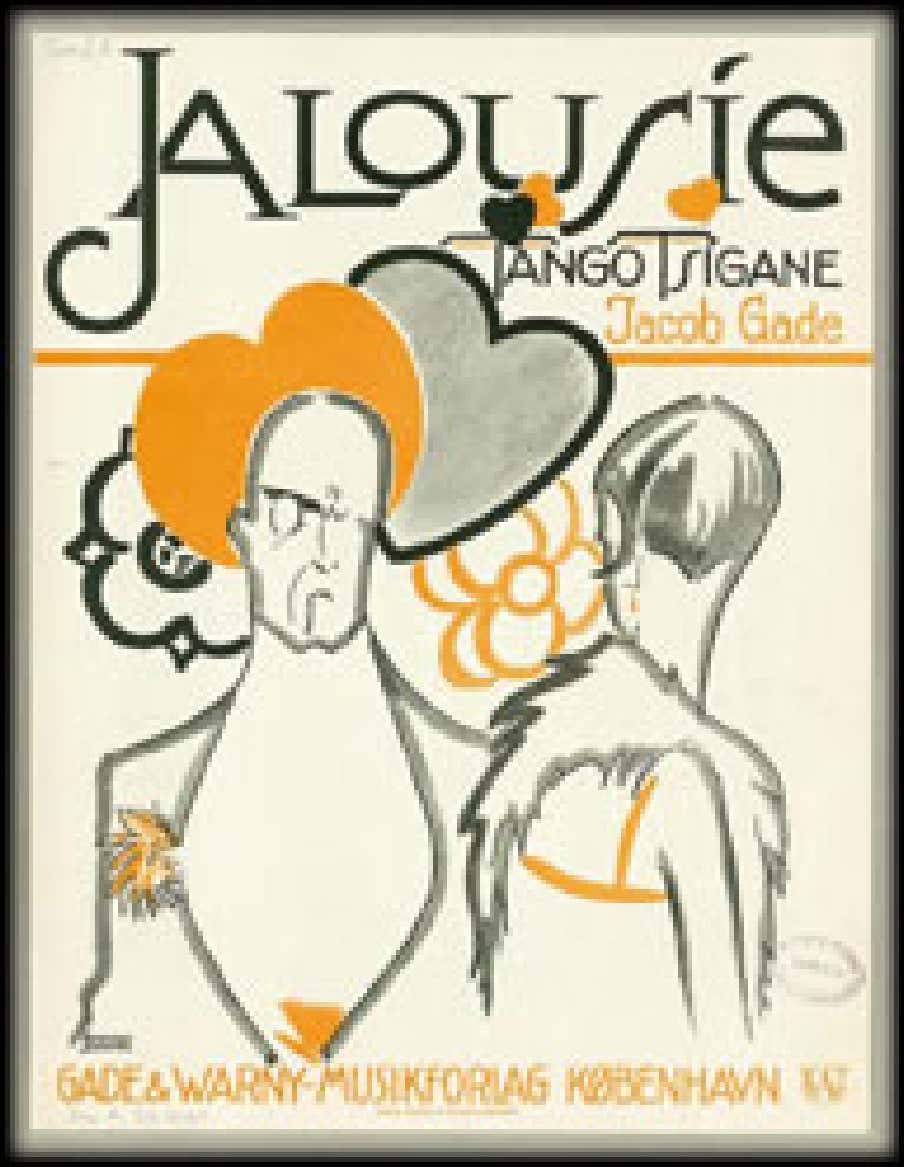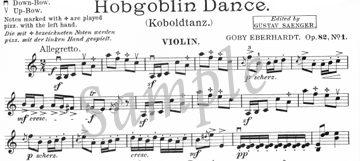Read to the end for a favorite but forgotten student selection to download!
(This post contains some affiliate links to sheet music sources.)
The leveled repertoire lists that I use with violin students are a work in progress. Starting with syllabi from ASTA, RCM and the Suzuki book series, I built a ladder of 11 progressive levels for technique and repertoire. As I discovered more resources, I wove in selections from Kurt Sassmannshaus, Mimi Zweig and Dorothy Delay, until now I have more repertoire options for each level than any student could possibly learn before moving forward.
I’ve always been underwhelmed with the “Contemporary” selections in the widely-used syllabi, most of which don’t appear until the advanced levels. They include some music I don’t personally enjoy playing myself, which makes it hard to teach them with enthusiasm to students. And most of these lists stop at music composed in the 1930s. 90 years on, isn’t it time we opened the category to a few new classics?
When I hear appealing new music at recitals, on YouTube, on my local classical music station or even at the movies, I try to check it out for pedagogical suitability. (You can peek at lots of modern sheet music from online retailers, even if you aren’t ready to purchase it.) Since the intermediate technical levels are especially devoid of appropriate 20th and 21st-century music, I really like finding selections that are playable by these students. Here are a few student-tested-and-approved pieces you may want to try out too!
MERCY – Max Richter (commissioned by Hilary Hahn), 2010
 I heard the divine HH play this as an encore to her solo recital several years ago, and was captivated. Since it was an encore, the title wasn’t printed in the program, and I couldn’t hear her announcement from the stage. I Googled her set list and found a YouTube performance video that matched what I’d heard.
I heard the divine HH play this as an encore to her solo recital several years ago, and was captivated. Since it was an encore, the title wasn’t printed in the program, and I couldn’t hear her announcement from the stage. I Googled her set list and found a YouTube performance video that matched what I’d heard.
If you’ve seen the movies Arrival or Ad Astra, you’ll be familiar with Max Richter’s minimalist style and emotional themes. “Mercy” is a slow burn from long soft notes over a piano ostinato, building to an intense three-against-two struggle-session with the accompaniment before returning to pp. Great for work on vibrato, crescendo/decrescendo on single bows, cross-string fingerings in 5th and 6th positions, sustained phrasing and tone production. Technique Level: 7-8
Bonus explorations with Max Richter: the Recomposed Four Seasons. If you have students learning any of Vivaldi’s capstone violin concertos, have them listen to a completely different take on these “war horse” pieces! Sheet music also available.
SPIEGEL IM SPIEGEL (“Mirror Within A Mirror”) – Arvo Pärt, 1978
 This beautiful, meditative piece was playing on the radio, and I marked that the soloist was Anne Akiko Meyers. I looked up her performance video of the piece to capture her bowings and fingerings. With slow-moving notes in 1st, 2nd and 3rd positions on a single string, it’s not so much a technical challenge for the intermediate player as an exercise in variable-speed vibrato and seamless bow changes. There are no printed dynamics, leaving room for students to develop their own phrasing ideas. As in Saint-Saëns’ “The Swan,” the rippling piano accompaniment provides a pulse and forward movement; also like “The Swan,” it is fairly easy for the teacher with rudimentary piano skills to play. Technique Level: 5-6
This beautiful, meditative piece was playing on the radio, and I marked that the soloist was Anne Akiko Meyers. I looked up her performance video of the piece to capture her bowings and fingerings. With slow-moving notes in 1st, 2nd and 3rd positions on a single string, it’s not so much a technical challenge for the intermediate player as an exercise in variable-speed vibrato and seamless bow changes. There are no printed dynamics, leaving room for students to develop their own phrasing ideas. As in Saint-Saëns’ “The Swan,” the rippling piano accompaniment provides a pulse and forward movement; also like “The Swan,” it is fairly easy for the teacher with rudimentary piano skills to play. Technique Level: 5-6
(THEME FROM) SCHINDLER’S LIST – John Williams, 1993
 Dedicated to and played by Itzhak Perlman on Williams’ Oscar-winning soundtrack, one of seven Oscars earned by this Spielberg opus. The emotionally charged themes communicate clearly, even if the listener has never seen the movie. Highest note is high A on the E-string, and it has some cadenza-like passages, but the tempo is a relaxed 52BPM. Technique Level: 6-7
Dedicated to and played by Itzhak Perlman on Williams’ Oscar-winning soundtrack, one of seven Oscars earned by this Spielberg opus. The emotionally charged themes communicate clearly, even if the listener has never seen the movie. Highest note is high A on the E-string, and it has some cadenza-like passages, but the tempo is a relaxed 52BPM. Technique Level: 6-7
(LOVE THEME FROM) CINEMA PARADISO – Ennio Morricone, 1988
Yes, Morricone certainly composed “The Good, the Bad, and the Ugly,” but he also wrote the beautiful theme “Gabriel’s Oboe” for The Mission. Both “Gabriel’s Oboe” and “Love Theme from Cinema Paradiso” were recorded by Yo-Yo Ma and are in regular rotation on my classical radio station’s playlist. Consider this selection as an alternative to Massenet’s “Meditation from Thais” for students who are ready for this type of emotional, lyrical piece. Reaches a high G on the E string. Technique Level: 5-6
SERENATA – Michael McLean, 1994
This is a departure from solo repertoire: A violin-trio piece with piano accompaniment. (The link is to a book collection; the single-selection sheet music I purchased does not seem to be available anymore.) You may be able to adapt the trio version down to a solo violin with piano; I’ve done it myself. The first-violin part of the trio tops out at a high G; Violins 2 and 3 barely reach higher than 3rd position. A snappy rumba that is really fun for groups to learn and perform together! Technique Level: 6-7
ZINGARESCA – Miloslav Gajdos, 2006
For the student who isn’t quite ready for Monti’s “Csárdás” but loves that Roma style! Since it was originally composed for the string bass, you will find many reference videos for that instrument. This is indeed Gajdos’ own arrangement for violin, and it also comes with a viola and cello part! The piece alternates between “easy” Andante sections (where students can feel free to add slides or play high on the G string), and as-fast-as-you-can Allegros of fiery sixteenth notes. Technique Level: 5-6
TANGO JALOUSIE – Jacob Gade, 1925
 Got any students whose jam is 1920’s cabaret? “Jealousy” was a pop standard through the entire 20th century. Featured in many soundtracks, including… Schindler’s List (!). Fairly accessible with high A at the top but mostly in 3rd position; limited double stops, rapid scalar runs, rubato and molto espressivo. A speakeasy throwback that will have them dancing in the aisles! Technique Level: 6-7
Got any students whose jam is 1920’s cabaret? “Jealousy” was a pop standard through the entire 20th century. Featured in many soundtracks, including… Schindler’s List (!). Fairly accessible with high A at the top but mostly in 3rd position; limited double stops, rapid scalar runs, rubato and molto espressivo. A speakeasy throwback that will have them dancing in the aisles! Technique Level: 6-7
LIBERTANGO – Astor Piazzola, 1974
Coincidentally, another tango selection! I don’t know what sparked the recent interest, but suddenly around 2015 this piece seemed to be everywhere. There are published and copyrighted versions for many combinations of instruments, and also many unauthorized sheets floating around the internet. I have not found one definitive publication that contains the versions that I prefer. I’ve made two mashup versions for my students; one suitable for lower-intermediate (some 3rd position) and one for more advanced students (more complex rhythms and shifts), but with a shared piano part. There is an advanced, violin-duo version in Mark O’Connor’s Violin Method Book 5. Technique Level: 5-6
RITUAL FIRE DANCE from El Amor Brujo – Manuel De Falla, arr. Kochanski (1930)
Another “I’ve heard that somewhere before” tune for the 21st-century student who likes some Spanish flair. This arrangement is a little repetitive (could be shortened by half), but opens possibilities for improvisational treatment by an adventurous player. There are gratuitous 8va sections in Kochanski’s arrangement that are not in De Falla’s orchestral score, which unnecessarily elevate the difficulty level. Is this the original disco tune? Burn, baby, burn! This collection includes two more selections from El Amor Brujo, Technique Level: 8-10 (10 with the 8va).
BONUS: SHEET MUSIC — A rediscovered student piece!
HOBGOBLIN DANCE (“Koboldtanz”), Op. 82 No. 1 – Goby Eberhardt, 1909
 A dear teacher-friend in his 70s saw this yellowed sheet music in a giveaway pile and said “I remember playing that when I was a student!” The music hadn’t seen daylight in at least 30 years. I took it home and gave it to a student. She loved it so much she played it for a recital, an adjudication and a competition! Full of character, it has shrieking fingered harmonics, left-hand-pizzicato and spiccato for the rising intermediate player. It’s in public domain, but this “forgotten” piece has not yet been uploaded to IMSLP.org. Here is a group performance video. You can download the sheet music here. (Due to the popularity of this download, there’s a nominal charge to help me maintain this site.) IT’S ALIVE! Technique Level: 4-5
A dear teacher-friend in his 70s saw this yellowed sheet music in a giveaway pile and said “I remember playing that when I was a student!” The music hadn’t seen daylight in at least 30 years. I took it home and gave it to a student. She loved it so much she played it for a recital, an adjudication and a competition! Full of character, it has shrieking fingered harmonics, left-hand-pizzicato and spiccato for the rising intermediate player. It’s in public domain, but this “forgotten” piece has not yet been uploaded to IMSLP.org. Here is a group performance video. You can download the sheet music here. (Due to the popularity of this download, there’s a nominal charge to help me maintain this site.) IT’S ALIVE! Technique Level: 4-5


Are your Libertango arrangements available for purchase by chance?
Thanks for your question! Since Libertango is still copyrighted, I haven’t posted my own arrangement for sale yet. But now that I am partnering with Sheet Music Direct’s online music publishing platform, they can take care of the royalty payments for me. I can update this comment when I do so!